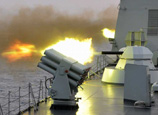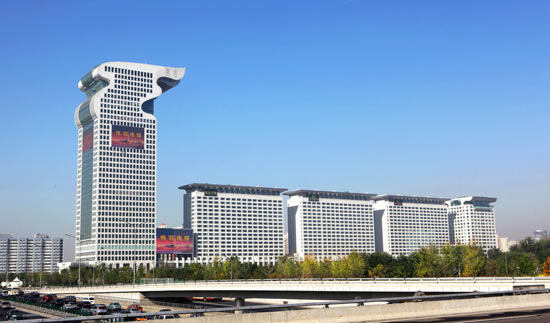
With newer lines being introduced and passenger traffic seeing a jump over the last few years, local Metro authority is chalking out plans to streamline the safety network.
To eliminate potential dangers, the Metro authority has to hasten evaluation work by third party, officials said.
For subway lines which have been in service for more than 10 years like Line 1, the evaluation work should be done every three years, the city's traffic administration said yesterday. Those running for less than 10 years, they should be evaluated every five years.
This year the evaluation work will start on Line 1, Shanghai's oldest subway that has been in service for 20 years.
Each day, the Metro network handles 6 to 7 million passengers on its 12 lines that stretches more than 425 kilometers. With planned new lines in the offing, the passenger volume is only going to get bigger.
Three new lines, along with some extension of the existing lines, will come into effect this year. The track is expected to be lengthened to more than 800 kilometers in the long run.
Already some lines, like lines 3, 6 and 8, have been forced to implement passenger restriction measures, which has raised both concerns and complaints from the general public.
The operator, Shanghai Shentong Metro Group, said because of heavy load on the network, "there was not much time left for daily maintenance and repair work."
The operator has already launched overall inspection on Line 1 and 2, but added that the overhauls will have no impact on its daily operation.
Track replacement work has already been completed on one section of Line 1, said Shentong.
It plans to conduct similar track replacement on lines 2, 3 and 4.
The Metro is also developing a sonar system rigged on subway's head and rear to avoid collision if the signal facilities break down.
Meanwhile, the city authorities also plan to blacklist special equipment, like elevators, for poor quality after a series of accidents since last year.
















 1,000-meter-long Spider Walk of Canton Tower opens
1,000-meter-long Spider Walk of Canton Tower opens


![]()
